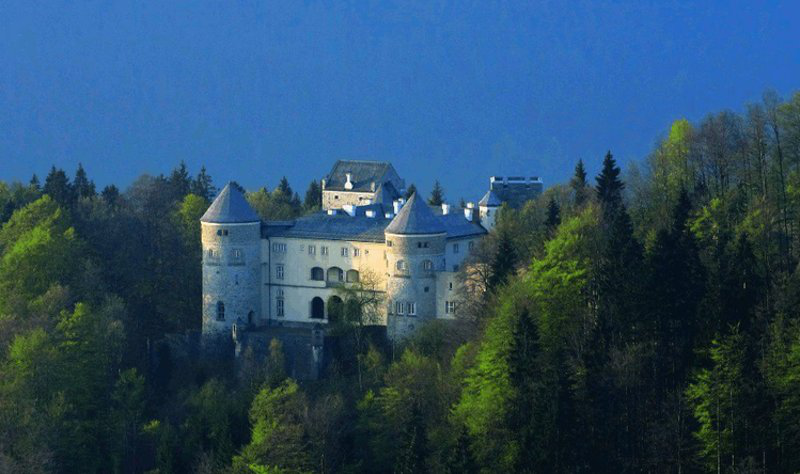Speaker
Description
Transition metal clusters are frequently used as model systems for low coordinated sites of extended surfaces and their study can provide valuable insights into the mechanisms of surface reactions. In many cases, however, there is still a lack of information on their structures and the relationship between structure and chemical behaviour [1]. Using vibrational spectroscopy of gas-phase clusters one can obtain information about the clusters’ structure or the behaviour of adsorbed species. The latter provides valuable insights into the binding geometry, the activation of bonds within the ligands or reactions occurring on the clusters’ surface. Cluster size specific data can be obtained using infrared multiple photon dissociation spectroscopy. To cover the required spectral range from the far to the mid-IR our experiments make use of IR free electron lasers. The talk will discuss exemplary studies on the activation of carbon dioxide by anionic cobalt [2] and rhodium, and platinum clusters and on hydrogen by cationic cobalt clusters.
[1] D.J. Harding, A. Fielicke, Chem. Eur. J. 20 (2014) 3258
[2] A. Yanagimachi, et al. J. Phys. Chem. C 120 (2016) 14209.

